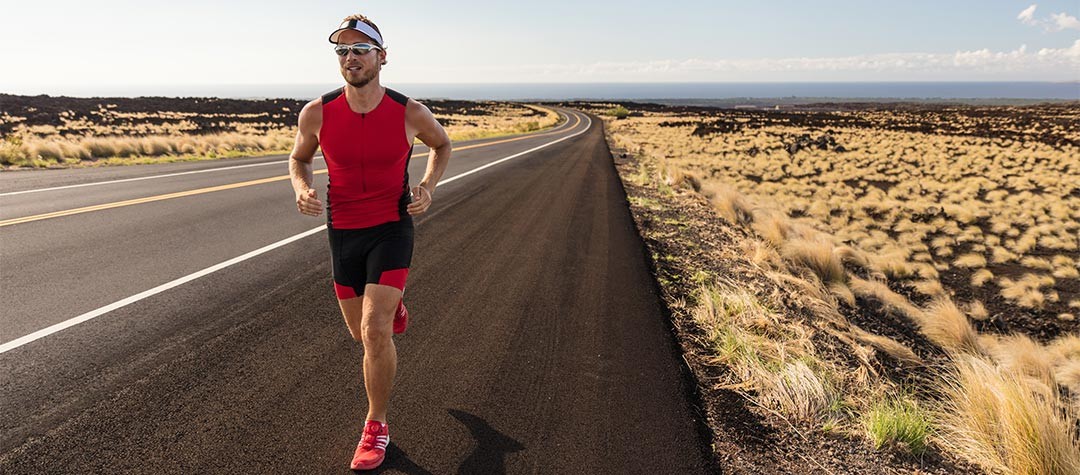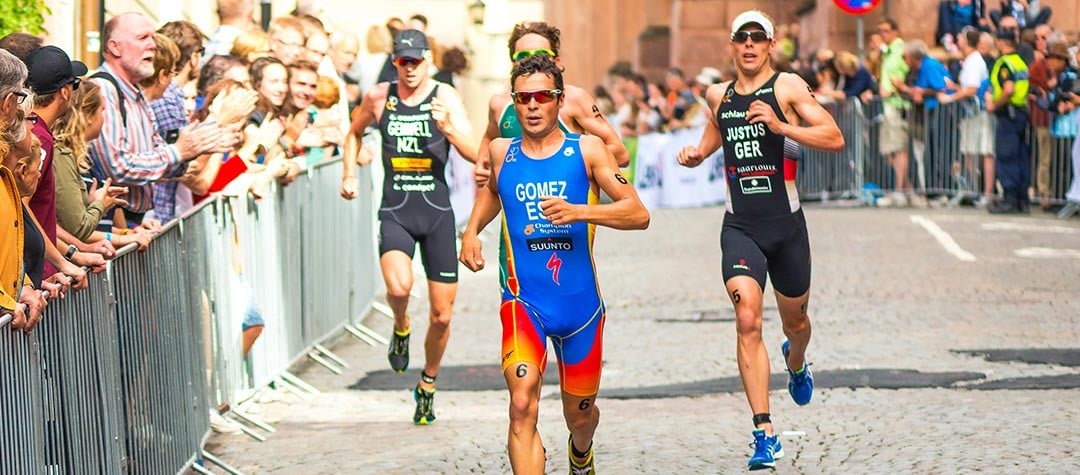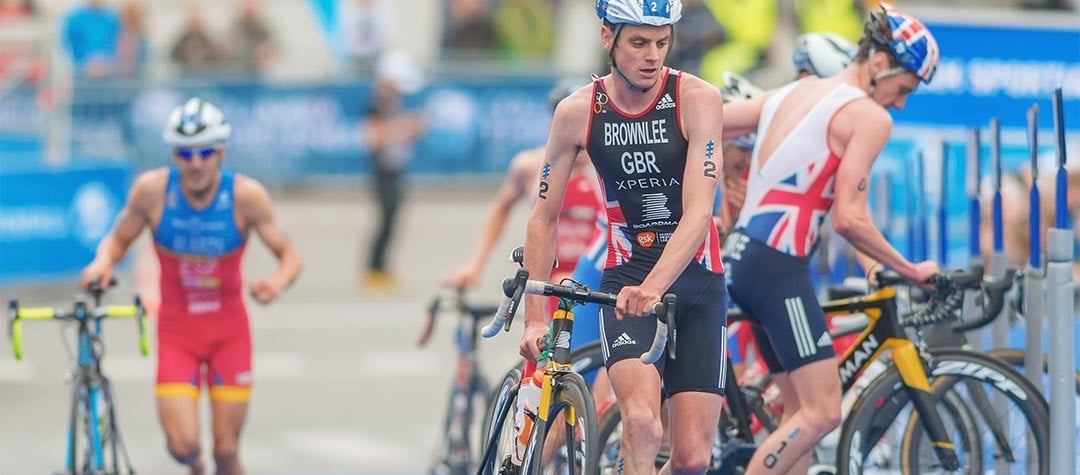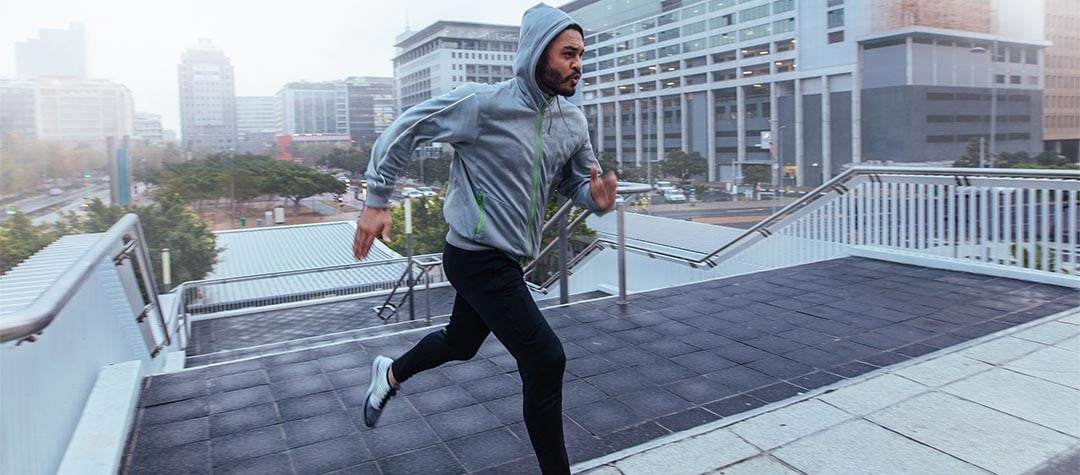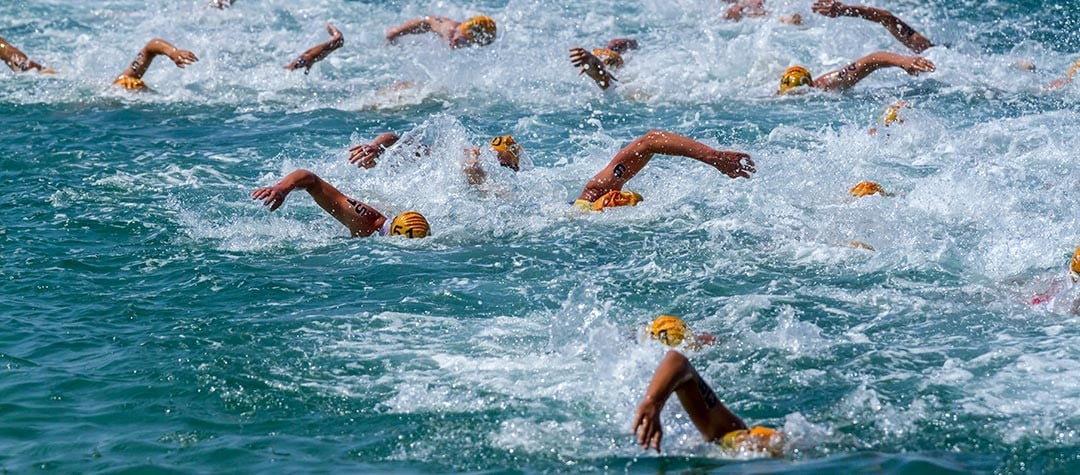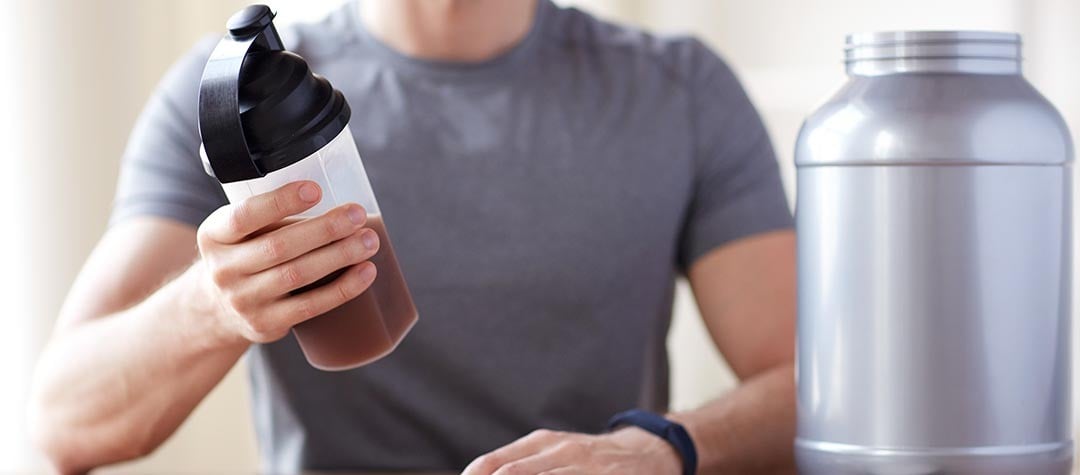How to nail your triathlon run and reach success in your triathalon running event
More often than not, the run is the leg of your triathlon where races are won and lost. As soon as your feet hit transition, you'll have a good idea whether you pushed too hard on the bike or if you paced everything well. If it’s all gone according to plan, then you should be able to push on for the rest of the race.
The run is usually the most demanding part of a race because it's the point where you're at your most tired but you're also close enough to the finish to afford to open up and push that little bit harder. Running is nowhere near as technical as swimming or cycling, but there are still plenty of tricks to get you to the finish line faster.
1. Start the running section strongly
Pacing is always essential for a successful race and it's best to start out with ambition. You need to get into your stride quickly, which also serves to put off other competitors around you. Before long though, you should settle into a more realistic and sustainable pace with the aim of building towards the finish.
2. Triathlon hill strategy
One common triathlon mistake many people make is to really push hard on the hills. This isn’t a good idea, unless you're trying to get rid of competition. The reasons it isn’t a great idea is because it can easily fry your legs.
If you think about it, you wouldn't suddenly start accelerating way above your pace on the flat, so why would you drain yourself on the hills? It's best to back off on the hills and push over the top to get back up to speed. If you have that extra energy to burn, you can do so on the downhill and flat sections where you will definitely move much faster!
3. Race distance strategy
If you're troubled by making the distance, for example if it's a longer distance race, then another good tactic can be to walk through the aid stations, giving yourself mini targets and allowing yourself to fuel up and hydrate properly .
Ice is also your best friend in hot races. Try putting it down your race top and hold it in your hands while you’re running as this will lower your core temperature.
Remember, it's not worth drinking in the last 15 minutes of any race, as you won't see any benefit in that time. If you do this you’ll just be left with an excess of liquid and food sloshing around in your belly, which won’t even kick in until after you’ve crossed the finish line.
4. Course knowledge goes a long way
Knowing the course is also useful. It's good for morale to know what lies ahead and where you stand. Most importantly, you have to know where the finish line is and when to plan your attack.
I often like to count 400m back from the finish line, so when you hit that point in a race you’re not scared to give it your all. Think of it as being just like every track session you did before this point, but just one more lap!
5. Pacing and slip-streaming
After settling into your rhythm you'll hopefully be able to work out which athletes around you are moving at the same speed as you or ideally a tiny bit faster. You can save yourself some energy here by running directly behind them, using them as a shield from the wind and pacing off them.
They'll probably encourage you to swap turns but if they're stronger athletes refuse their offer and only pass them when you're ready to go it alone or run for the win!
6. Get the footwear right
The right footwear is essential for racing. I'd always advise getting a pair of racing flats with elastic so you feel swifter on your feet and save time doing up your laces.
Also get hold of some super glue so you can stick down your inner soles as often the sole will roll up and bunch at the end of your shoe. I had a friend who had a stress fracture in his toe from running a 10k like that. Best of luck out there!

